Impact of Change by Jessica Holman and Michelle Schuster
By Cindy Workosky
Posted on 2019-05-22
If you were to walk into our classroom years ago, you would see students from all walks of life, and with a range of ability levels. All of the students were blended together to learn science and were eager to be engaged. We were teaching units that were not sequenced, and our focus was on memorization and expecting student to regurgitate information to perform well on a state assessment. The pressure to ensure the entire curriculum was covered and high test scores maintained meant that student understanding became secondary.
The NGSS have brought a breath of fresh air into our classroom. We now look at every student differently and expect all of them to learn many science and engineering skills that can help them meet their personal post-secondary goals, regardless of whether they go into the sciences.
Since the NGSS were released in 2013, we started working in our PLCs and planning how we can integrate the science and engineering practices, crosscutting concepts, and disciplinary core ideas. We wanted to explore how the notion of phenomena and “figuring out” fit it into what we were already doing. We attended more training and met with peers, and we thought we finally understood, even experiencing our own “aha” moments. But it wasn’t until we experienced a phenomenon as student learners in a training session that we understood how the three dimensions support one other.
It occurred when a peer spoke about the phenomenon of a young man who had died from drinking too much water and wondered if it was possible for water to cause death. She had us use a model to illustrate how the kidneys functioned and experience the same models completed in her class. By connecting the science idea to the kidneys’ function we were able to look through the lens of the crosscutting concept to explain the science more deeply. This “aha” moment began a chain of events where we both began to learn how we could transform our classroom to one in which all students feel invested in and connected to their science education.
Today we are enthusiastically learning and applying what we have learned about the NGSS. We first tried our hands at using some of our old resources to see if they fit with the new way of starting with phenomena, then going into a storyline, but it didn’t feel right. We were using the practices and crosscutting concepts and teaching the DCIs, yet it felt disjointed. We realized we needed a model of what this looked like in the classroom, so a friend pointed us to www.nextgenstorylines.org, which is a fantastic resource. We found our new love!
Our first storyline centered on a young girl named Addie, and it was through her storyline that we were able to see what a genuine phenomenon looked like to the students. We realized rather quickly that our units lacked coherence and didn’t effectively integrate the dimensions. They were often choppy and students didn’t see how each piece of the dimensions could support their learning. We learned in an actual NGSS storyline the students are learning about the phenomena and the lessons they are taught are intentionally selected in the sequence to support students building the science ideas to grasp the phenomena.
Tackling a storyline was challenging at first, but now we are on our third cycle of Addie’s storyline, and we have added two other storylines under our belt. Our motivation is more than just using ready-made units; it was our students who made it clear what we were doing mattered. When we first introduced the phenomena of either Addie or the children with Duchenne muscular dystrophy (DMD), our students immediately started asking questions. They were truly interested and began to build their understanding. Their focus started to be about collecting evidence to support their ideas.
Our students had a voice in their learning, and we made every piece of information an intricate part of the puzzle. Together we worked to ensure we could all see the big picture. One of our favorite things has been for us to see where our kids first started in their thinking, and then looking at their completed models. We marvel at how much they have learned through authentic experiences.
We are especially moved by the inclusivity of these units. When we are intentional about weaving the three dimensions together and connecting to a phenomenon we make room for every student in the classroom to be empowered and to take risks while learning about science. We don’t teach at our students in our classes now, teaching is more of a partnership with them. Our students have a voice, and we move together collaboratively to figure out the science we need to explain the phenomena we have all experienced. To be honest, this is precisely what we have always imagined teaching and learning should feel like. We engaged our students through the use of modeling throughout the storyline to allow student to explain their learning combined with many other practices intertwined. We would love to hear from you! Have you used storylines in your classroom? What practices or crosscutting are you using to support your students? We want to celebrate with you, please share with us here!
Student Initial Model
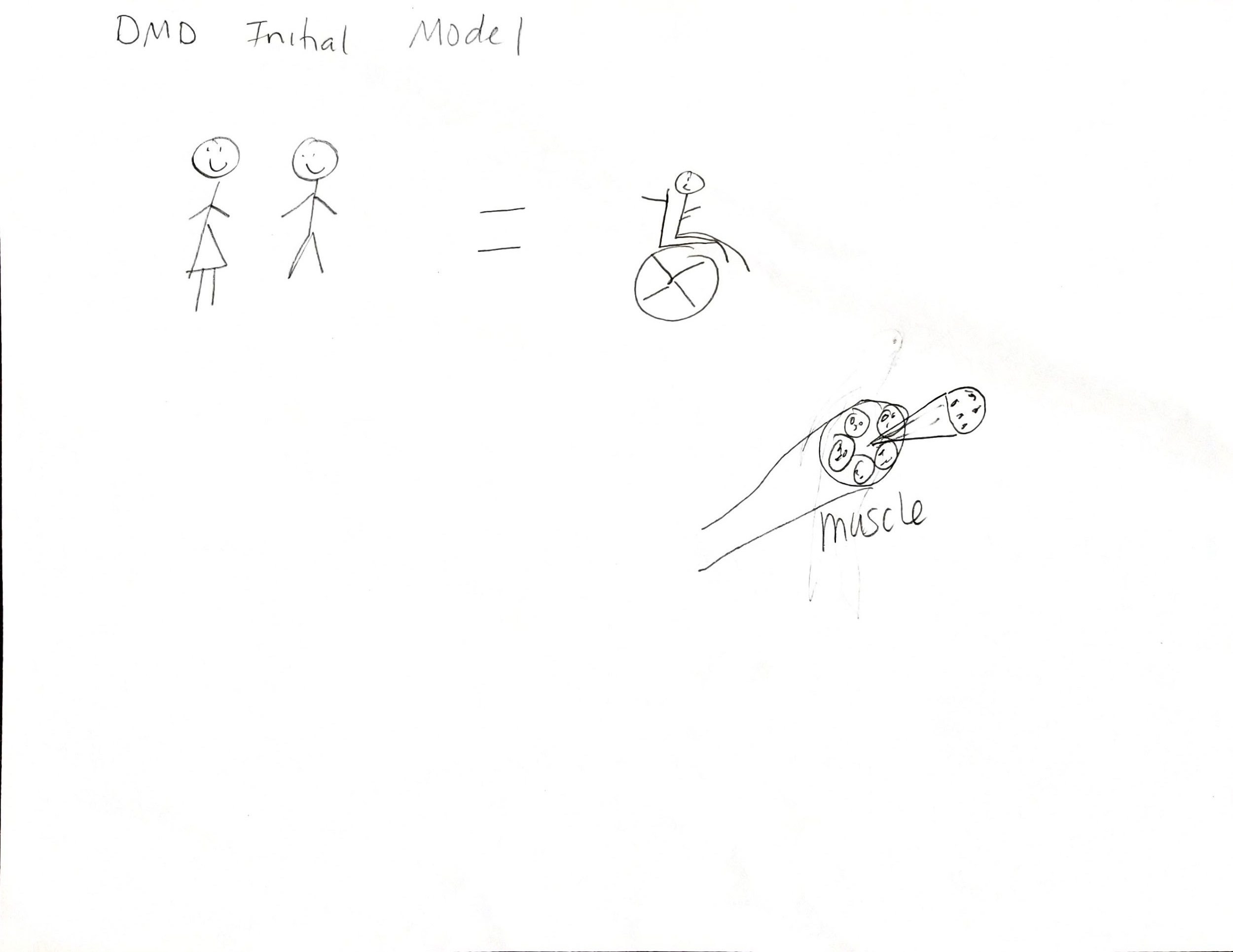

Student End of Storyline Model
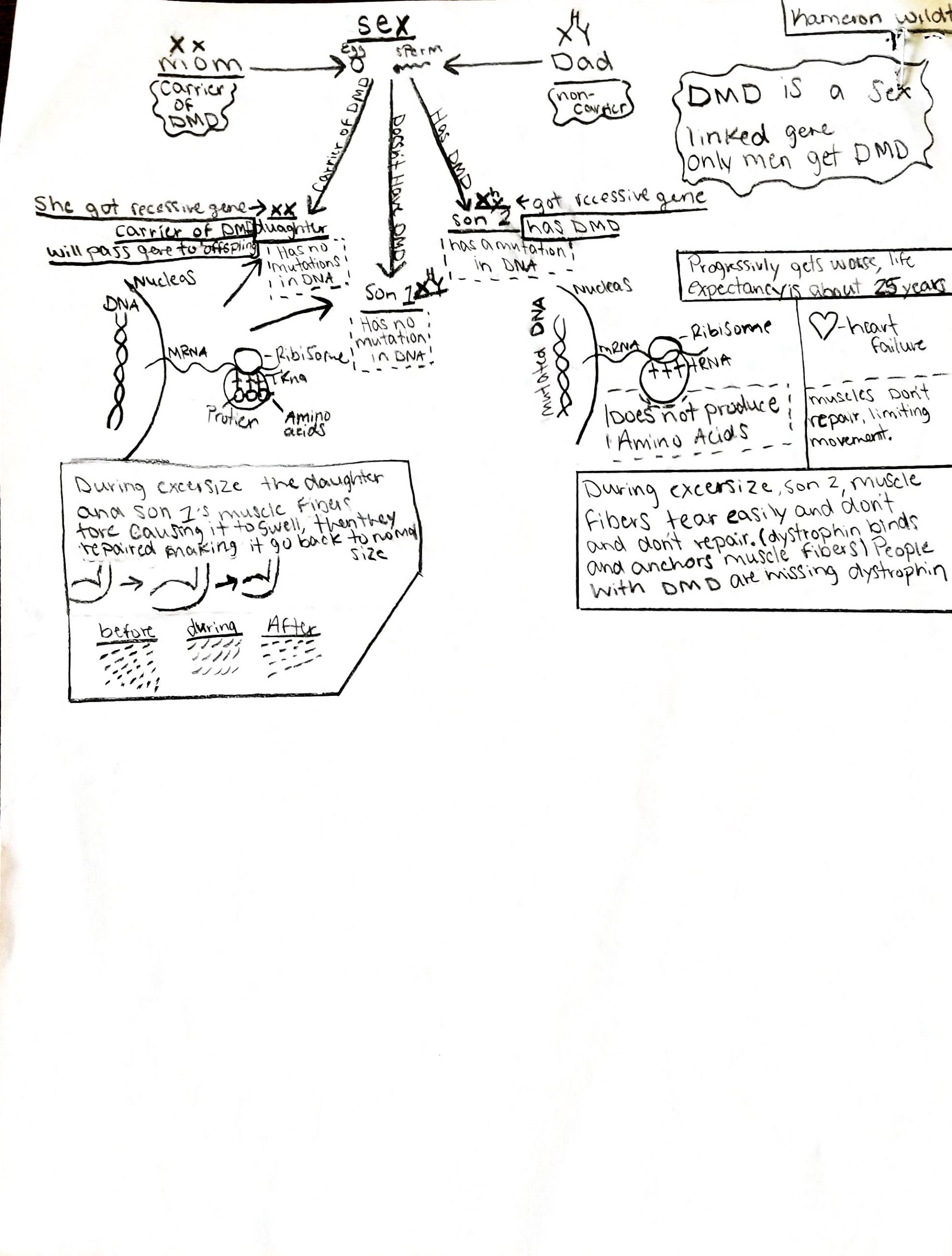
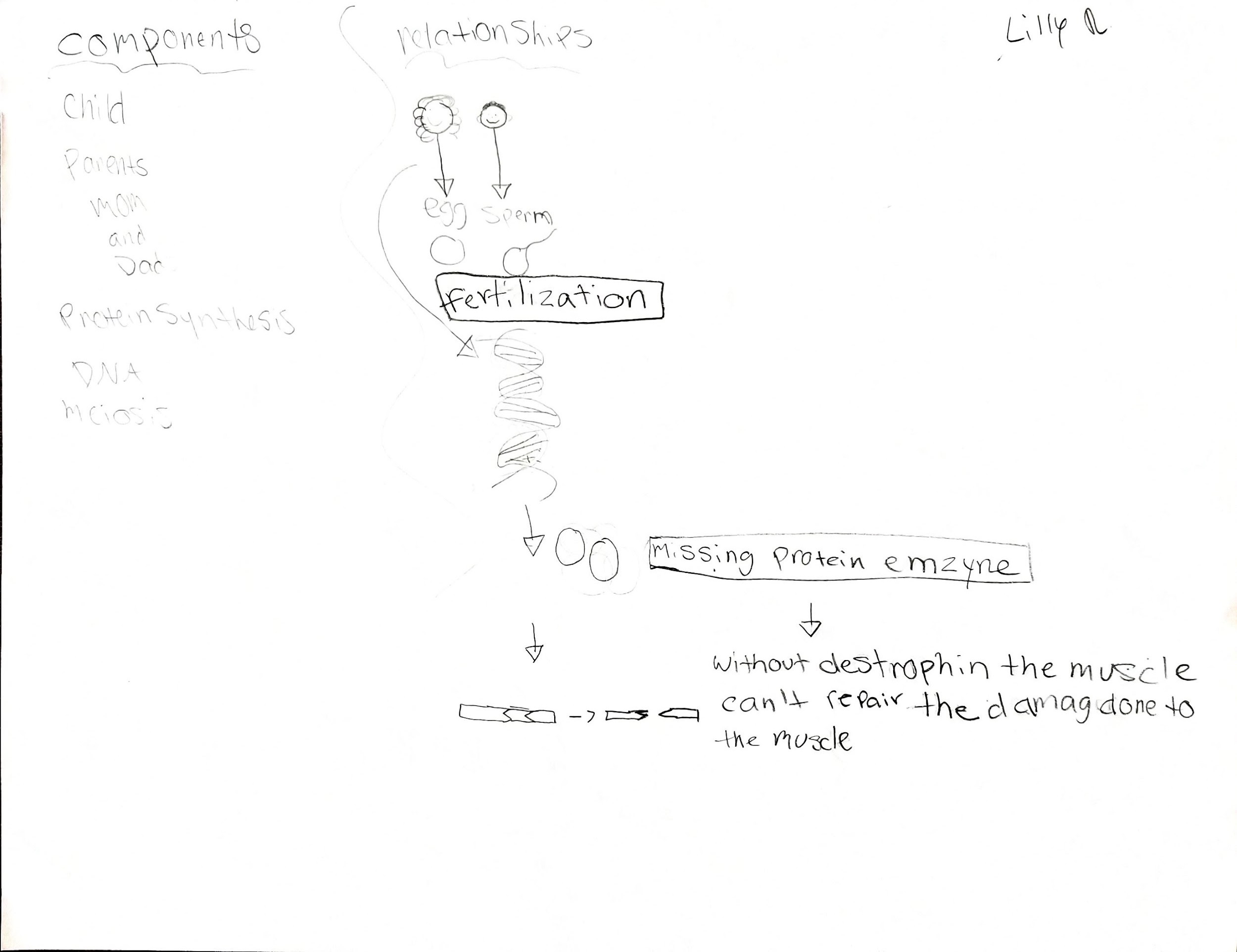
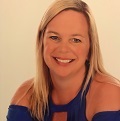
Michelle Schuster is a high school biology teacher in Florence, Kentucky. This is her 20th year teaching at Boone County High School where she is also an alumni. Schuster holds a bachelor’s degree in biology and a master’s degree in curriculum and instruction. She is a member of the Boone County Science Teacher Leader Committee where she serves as an ambassador for her school aiding in the implementation of the Next Generation Science Standards within the district. She works as an Online Advisor for the National Science Teacher Association in the NSTA Learning Center; where she contributes to discussions in online forums with educators across the county. Schuster has been team teaching biology with Jessica Holman for four years. Schuster pours her drive and passion for science into every lesson her students experience.
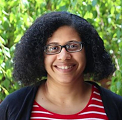
Jessica Holman is a special education teacher at Boone County High School. She has worked in education for 10 years in both North Carolina and Kentucky. Holman holds a bachelor’s degree from Winston Salem State University in special education and a master’s degree in teacher leadership with a certification in instructional technology. She is active in her role as a science teacher leader in her school district; she collaborates with peers and works to integrate instruction into her blended learning classroom. Holman has worked with educators across the state of Kentucky to communicate educational strategies that support the learning and growing of fellow educators. She is motivated by the opportunity for equitable education through the implementation of the NGSS and works hard to ensure every student feels accepted and encouraged to learn science.
Note: This article is featured in the May issue of Next Gen Navigator, a monthly e-newsletter from NSTA delivering information, insights, resources, and professional learning opportunities for science educators by science educators on the Next Generation Science Standards and three-dimensional instruction. Click here to sign up to receive the Navigator every month.
Visit NSTA’s NGSS@NSTA Hub for hundreds of vetted classroom resources, professional learning opportunities, publications, ebooks and more; connect with your teacher colleagues on the NGSS listservs (members can sign up here); and join us for discussions around NGSS at an upcoming conference.
The mission of NSTA is to promote excellence and innovation in science teaching and learning for all.
Future NSTA Conferences
2019 National Conference
STEM Forum & Expo
2019 Fall Conferences
Disclaimer: The views expressed in this blog post are those of the author(s) and do not necessarily reflect the official position of the National Science Teaching Association (NSTA).
Curriculum NGSS Phenomena Three-Dimensional Learning


